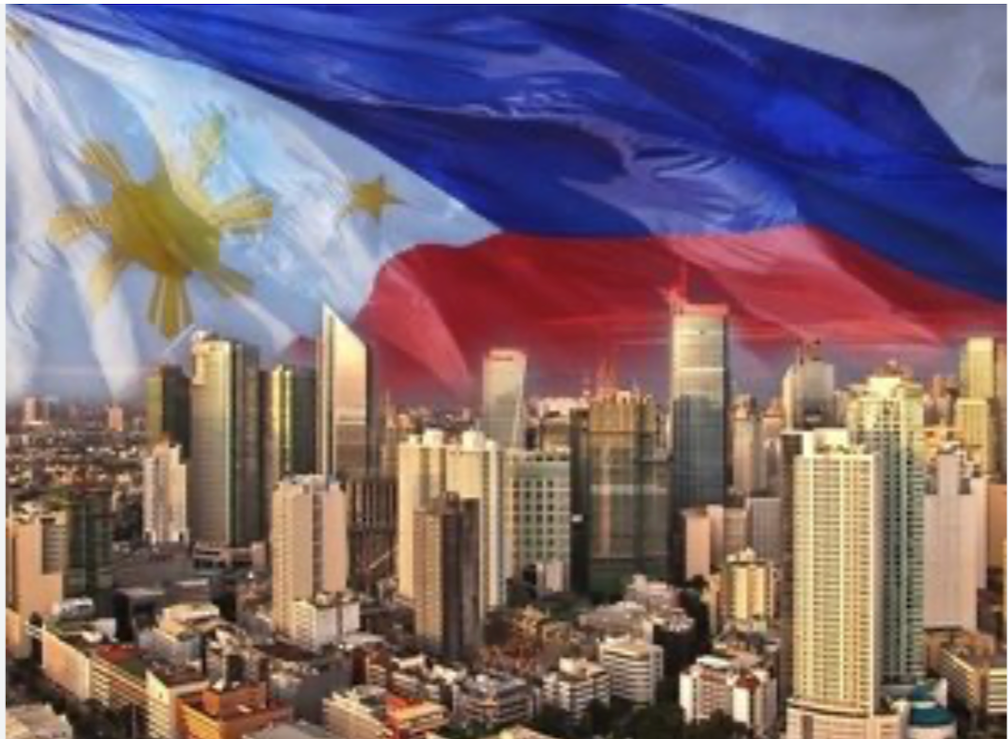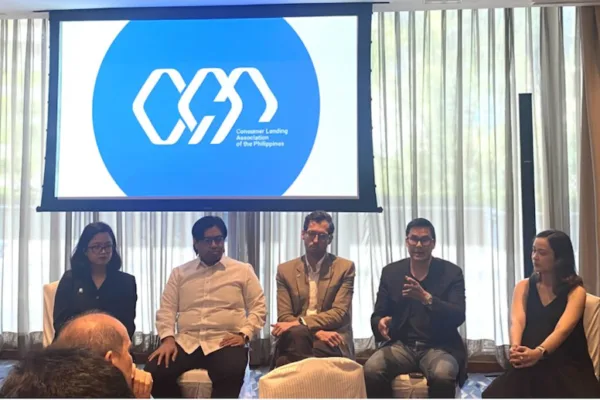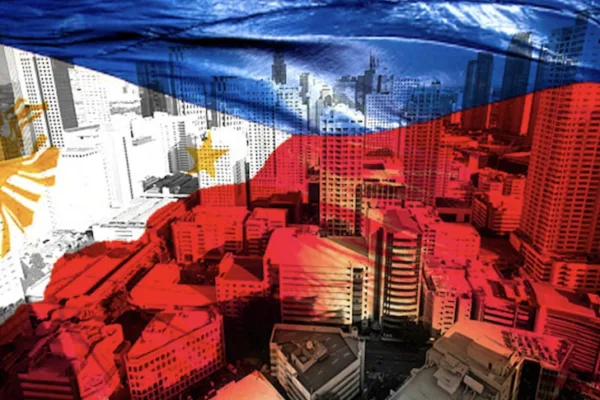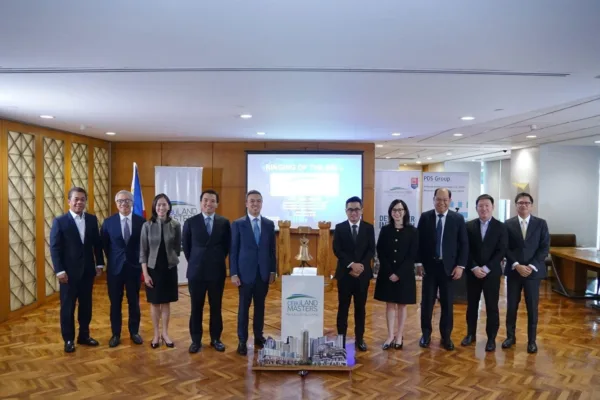The Bangko Sentral ng Pilipinas (BSP) signaled continued confidence in its monetary policy stance as inflation eased further in August, foreign direct investment (FDI) posted moderate inflows, and updated lending rates took effect under its Discount Window Facility (DWF).
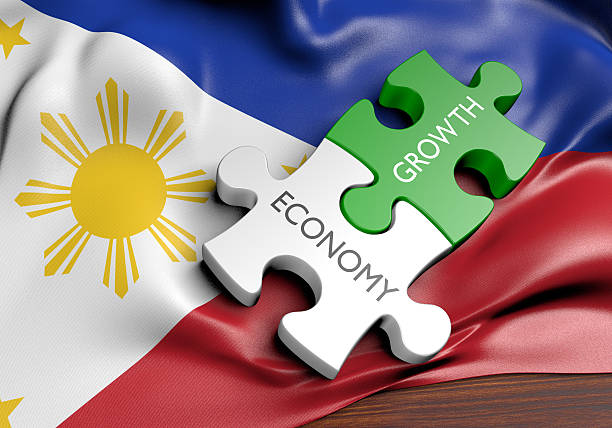
Inflation seen below target in 2025, but risks remain
In a statement this week, the BSP said August 2025 inflation remained within its forecast range of 1.0 to 1.8 percent, with full-year inflation now projected to average below the low end of the government’s 2–4 percent target range.
The easing is largely attributed to a sustained drop in rice prices, a key driver of consumer inflation in the country.
Looking further ahead, the BSP expects inflation to trend higher in 2026 and 2027 but still stay firmly within its 3.0% ±1.0 percentage point target range. Inflation expectations remain “firmly anchored,” the central bank noted, though it warned that potential electricity rate hikes and higher rice tariffs could push inflation upward over the policy horizon.
“The Monetary Board observed that domestic demand has held firm,” the BSP said in a media advisory. “However, the impact of U.S. policies on global trade and investment continues to weigh on global economic activity. This could temper the outlook for the Philippine economy.”
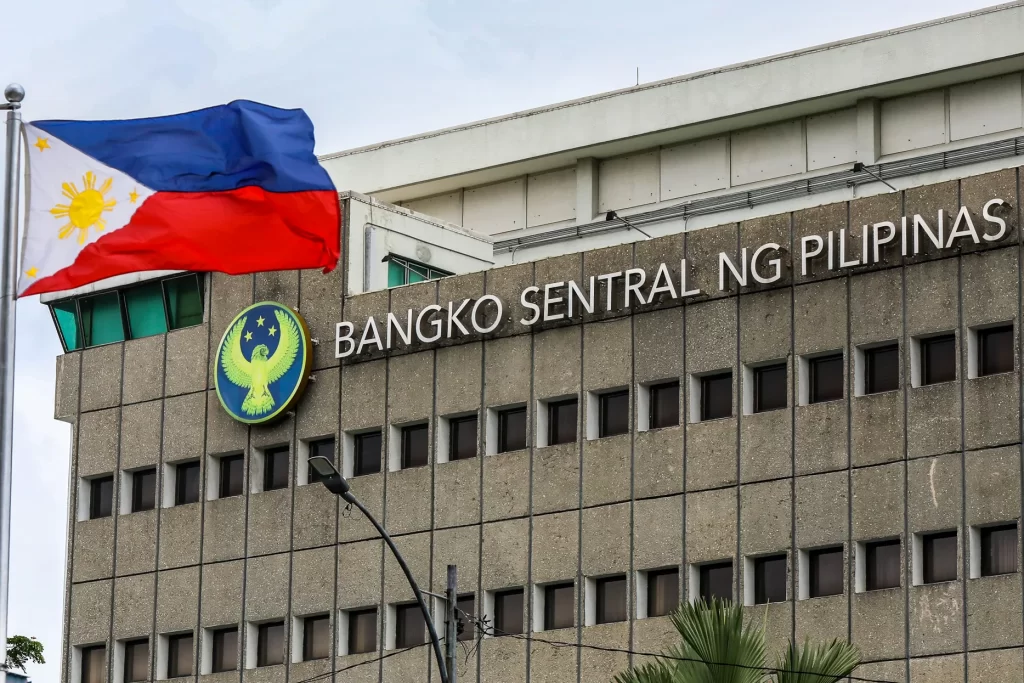
The BSP reiterated its commitment to closely monitor emerging risks and adjust policy settings as needed to support both price stability and long-term economic growth.
FDI inflows continue, but slower year-on-year
Meanwhile, FDI net inflows in June 2025 reached US$376 million, driven primarily by reinvested earnings and intercompany debt transactions. However, this marked a 17.8 percent decline 1 from the US$457 million recorded in June 2024, according to BSP data.

The decline was largely due to a reversal in equity capital flows.
In June 2024, equity capital inflows stood at US$85 million, but this shifted to US$57 million in net outflows by June 2025. Despite the downturn, reinvestment of earnings rose 36.7 percent to US$128 million, while debt instrument investments increased by 9.3 percent (from US$279 million to US$305 million). 2

Equity capital placements came mainly from Japan, the United States, and South Korea, and were channeled into the manufacturing, real estate, and wholesale and retail trade sectors.
For the first half of 2025, total FDI net inflows stood at US$3.4 billion, down 23.8 percent from the US$4.5 billion registered in the same period last year. 3
The BSP emphasized that its FDI statistics are based on actual cash inflows in accordance with the Balance of Payments and International Investment Position Manual (BPM6), distinguishing them from investment pledges reported by other agencies such as the Philippine Statistics Authority (PSA).
Updated lending rates reflect policy settings
In line with its policy goals, the BSP also updated the applicable interest rates under its Discount Window Facility, effective September 9, 2025. The DWF provides short-term liquidity to eligible banks and financial institutions, and its rates are tied to the BSP’s benchmark lending and market reference rates.
For peso-denominated loans:
- 1–90 days: 6.1914%
- 91–180 days: 6.3828%
For U.S. dollar loans, all maturities (up to 360 days) carry a flat rate of 6.6609%. Japanese yen loans are priced lower, with rates ranging from 2.63225% to 2.8075%, depending on maturity.
The BSP noted that DWF rates may be adjusted periodically to reflect movements in market interest rates and align with changes in monetary policy.
Outlook: Stability in focus
As global headwinds persist and domestic demand holds steady, the BSP remains focused on balancing inflation control with growth support.
With inflation well-anchored in the short term, cautious optimism prevails — but policymakers remain on alert for emerging risks across trade, energy, and investment flows.
—
1 BSP statistics on FDI are compiled based on the Balance of Payments and International Investment Position Manual, 6th Edition (BPM6). FDI includes investment by a non-resident direct investor in a resident enterprise, where the equity capital in the latter is at least 10 percent. It also includes investment made by a nonresident subsidiary or associate in its resident direct investor. FDI can be in the form of equity capital, reinvestment of earnings, and borrowings.
2 Net investments in debt instruments consist mainly of intercompany borrowing and lending between foreign direct investors and their subsidiaries or affiliates in the Philippines. The remaining portion of net investments in debt instruments are investments made by nonresident subsidiaries or associates in their resident direct investors. This is known as reverse investment.
3 BSP FDI statistics are different from the investment data of other government sources. BSP FDI covers actual investment inflows. In contrast, the approved foreign investments data published by the Philippine Statistics Authority (PSA) are sourced from Investment Promotion Agencies (IPAs). These represent investment commitments, which may not necessarily be fully realized in a given period. Furthermore, the PSA data are not based on the 10-percent foreign ownership criterion under BPM6. Additionally, the BSP’s FDI data are presented in net terms (i.e., equity capital placements less withdrawals). On the other hand, the PSA’s foreign investment data do not account for equity withdrawals.




